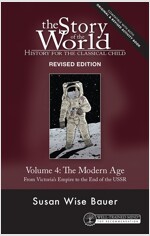Ch.20 Revolution In the Americas… War In the World
The Mexican Revolution
- the president of Mexico, Porfirio Diaz, over 20 years dictatorship
- For the next thirty years, civil war, assassinations, struggle and rebellion continued in Mexico. The Mexican Revolution had gotten rid of a tyrannical president-but it had not brought peace to Mexico.
World War I
- On June 28th, 1914, a nineteen-year-old Serbian assassin named Gavrilo Princip shot Archduke Franz Ferdinand, the heir to the Austrian throne.
- The truth was that most of the countries of Europe were ready to fight anyway. For decades, they had been arguing with each other about their borders, the size of their armies, and who got to control which colonies in Asia and Africa. Even though the bullet that killed the Archduke was often described as ˝the bullet that started World War I, the Archduke‘s assassination didn‘t really cause World War I.
- On August 4th, 1914, Great Britain declared war on Ger-many. The war had truly begun.
- Before long, most of Europe was in on the fight. On one side were the ˝Central Powers˝ the Austro-Hungarian Empire, Bulgaria, and Germany, soon joined by the Ottoman Turks. On the other side were the ˝Allied Forces˝-Great Britain, France, Russia, China, Greece, Japan, Serbia, and a collection of other countries (including Belgium, which wasn‘t neutral any more).
- On April 6th, 1917, the United States declared war on Germany. Now American soldiers would join the British, Canadian, and French soldiers, along with the soldiers of a dozen other nations, in fighting against Germany and its allies.
